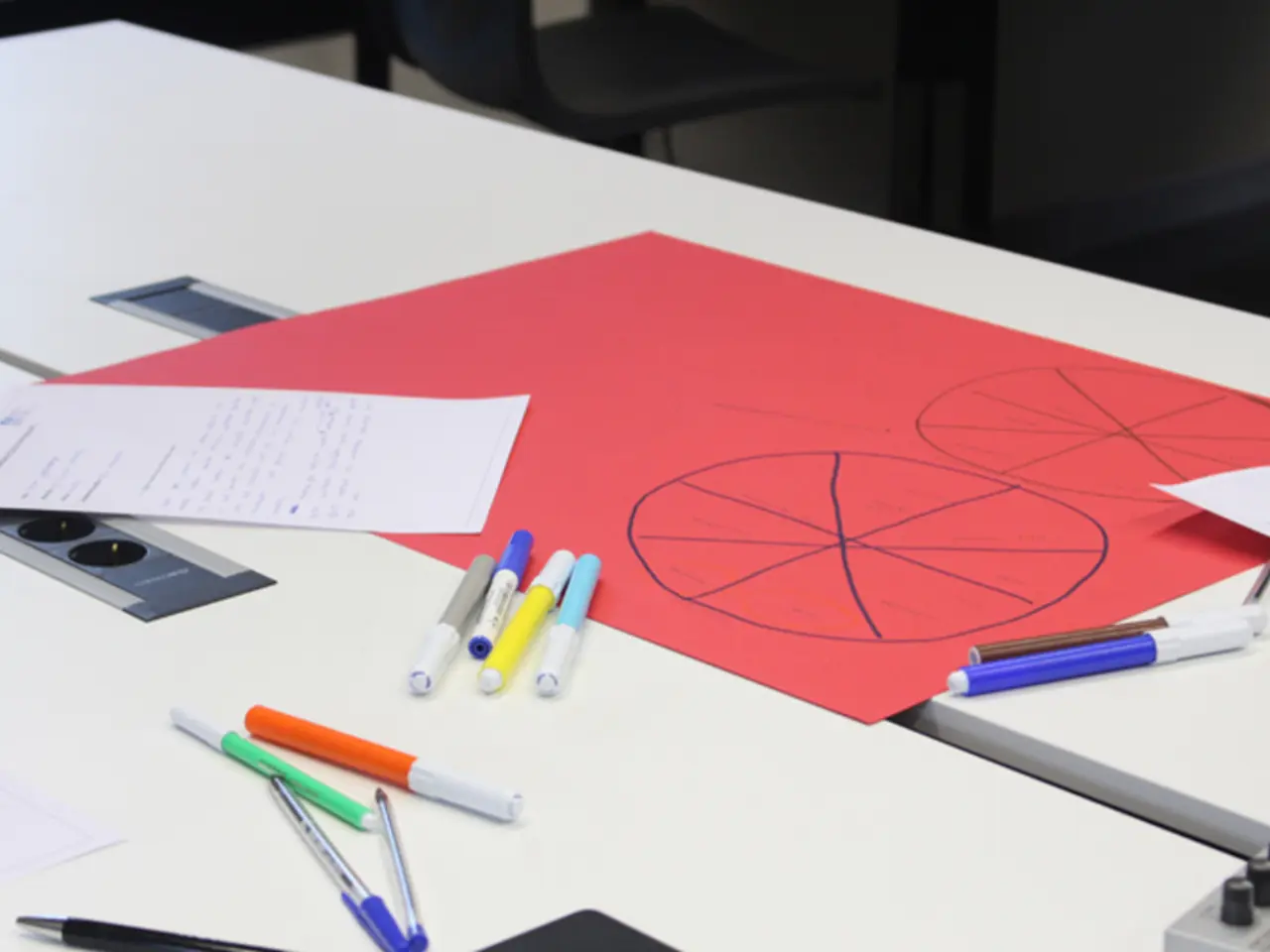Encourage Brain Development via Play with Matching Games Worksheets
In the world of learning, matching worksheets have emerged as a versatile tool in early childhood education. These activities, designed to help children match words to pictures, connect synonyms or antonyms, pair words with their definitions, or link sentences to corresponding images, offer multiple developmental benefits across different age groups.
For young children, aged 3-5 (kindergarteners), matching worksheets serve as a stepping stone in their cognitive, observation, fine motor, and language development. They promote observation skills by encouraging detailed examination and comparison of images or objects. Cognitive development is fostered through recognizing patterns, relationships, and classifications, such as matching animals to habitats or shapes to objects. Fine motor skills are developed as children write, draw lines, or handle writing tools needed to complete worksheets. Visual learning and engagement are stimulated due to colorful and thematic content, while confidence-building comes from successfully completing tasks.
As children grow older and enter the elementary years, matching exercises help scaffold more complex skills. They enhance attention, memory, and problem-solving by requiring discrimination of similarities and differences. Language development is supported by linking words with objects or concepts, thereby introducing new vocabulary and ideas. These foundational pre-academic skills prepare learners for complex concepts and academic tasks.
Matching worksheets, often designed with age-appropriate themes and difficulties, support gradual learning and are adaptable for various skill levels, making them effective across early childhood and into elementary years. They encourage pattern recognition and classification, fundamental cognitive processes, and foster logical thinking and executive function skills in a playful, low-pressure setting. They also support fine motor coordination needed for writing and other academic tasks.
Beyond traditional worksheets, related playful matching activities like board games or sensory play also reinforce these benefits, reducing anxiety around learning, strengthening fine motor skills, and promoting holistic cognitive and emotional development.
To make the most of matching worksheets, it's recommended to start with simpler activities and gradually increase difficulty. Using them as warm-up activities, having children explain their matching choices, tracking progress, and using them as interactive games can further enhance their effectiveness. Static worksheets can be transformed into dynamic learning experiences by turning them into scavenger hunts, group activities, adding movement, and using them as game boards with tokens that move based on dice rolls or question cards.
Letter and sound matching worksheets help children learn letter recognition and phonics, while number and math matching worksheets focus on building mathematical understanding. Thematic matching worksheets are seasonal or holiday-themed and make learning relevant to children's experiences throughout the year.
Toddlers, aged 2-3, benefit from simple matching games with clear, bold images, such as identical picture matching, basic shape matching, color matching activities, animal and their baby matching. As children grow older, they are ready for advanced matching activities, such as word to definition matching, math equation to answer matching, fraction to visual representation matching, synonym and antonym matching, and science concept matching.
In conclusion, matching worksheets offer a balance of education and entertainment, developing crucial cognitive skills while keeping children engaged and excited about learning. They are educational tools that benefit cognitive, language and literacy, math, fine motor, and thematic development in children.
[1] Early Childhood News (2021). The Benefits of Matching Activities for Young Children. [online] Available at: https://www.earlychildhoodnews.com/article/the-benefits-of-matching-activities-for-young-children/
[2] Scholastic (2021). The Importance of Play in Early Childhood Education. [online] Available at: https://www.scholastic.com/teachers/articles/teaching-content/the-importance-of-play-in-early-childhood-education/
[3] Zero to Three (2021). The Power of Play: Learning Through Play in Early Childhood. [online] Available at: https://www.zerotothree.org/resources/1430-the-power-of-play-learning-through-play-in-early-childhood
[4] National Association for the Education of Young Children (2021). Play and Early Learning. [online] Available at: https://www.naeyc.org/our-work/academy/position-statements/play-and-early-learning
[5] Education.com (2021). Why Matching Games are Great for Learning. [online] Available at: https://www.education.com/magazine/article/matching-games-great-for-learning/
- The versatile tool of matching worksheets in early childhood education not only aids in cognitive development but also fosters relationships with various subjects such as home-and-garden, education-and-self-development, and lifestyle.
- As children progress from kindergarten to the elementary years, matching exercises serve to develop wisdom by reinforcing logical thinking, problem-solving, and executive function skills, and extending learning beyond traditional worksheets to activities like board games and sensory play.
- Beyond cognitive development, matching worksheets promote a holistic lifestyle by encouraging both learning and engagement, which in turn strengthens children's emotional development and instills confidence in them.




